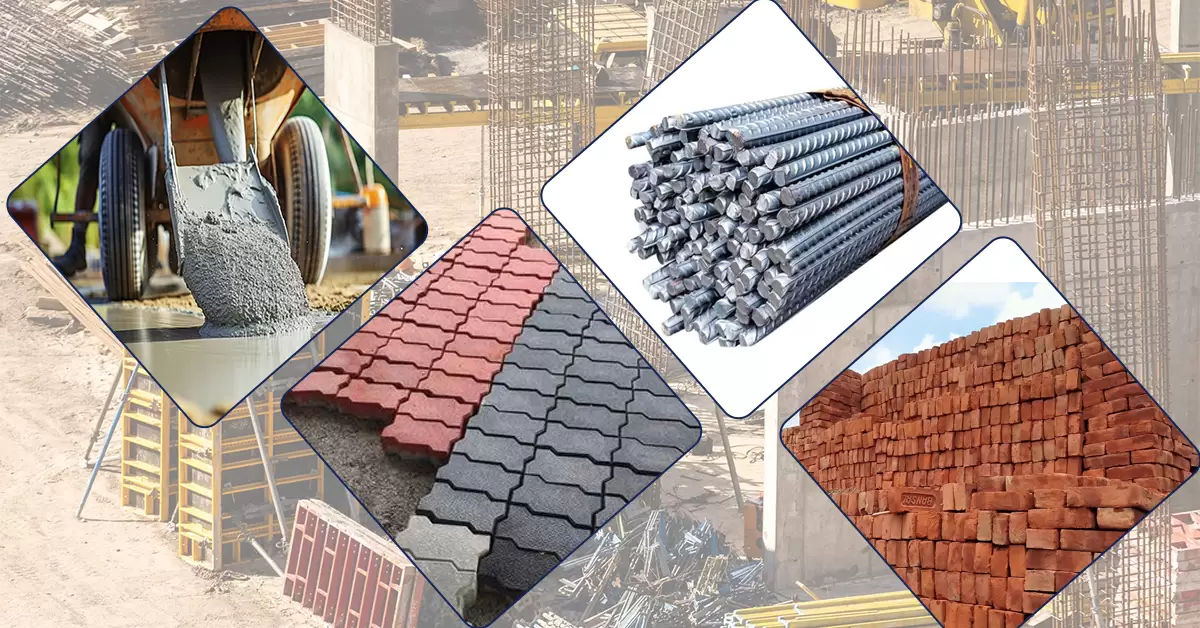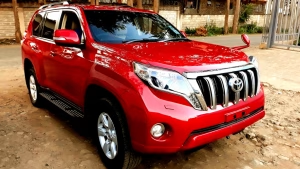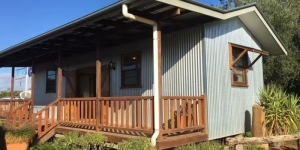Discover affordable low cost construction materials in Kenya for 2025. Learn about cost-effective options to build durable and sustainable structures.
Introduction
Kenya’s construction industry is evolving rapidly, with a growing emphasis on affordability and sustainability. Rising costs of traditional building materials have prompted the exploration of alternative solutions. This article highlights ten low cost construction materials in Kenya in 2025, offering builders and developers economical and eco-friendly options.
1. Recycled Plastic Bricks
Why They Are Affordable:
-
Utilization of Waste: Manufactured from recycled plastic waste, reducing raw material costs and addressing environmental pollution.
-
Local Production: Initiatives like Gjenge Makers in Nairobi produce these bricks locally, minimizing transportation expenses.
Benefits:
-
Durability: Stronger than traditional concrete, offering longevity.
-
Waterproof and Lightweight: Ideal for various construction needs.
-
Environmental Impact: Contributes to waste reduction and promotes recycling.
2. Expanded Polystyrene (EPS) Panels
Why They Are Affordable:
-
Reduced Material Usage: EPS panels require less concrete and steel.
-
Faster Construction: Prefabricated panels speed up building processes, lowering labor costs.
Benefits:
-
Insulation Properties: Excellent thermal insulation reduces energy costs.
-
Lightweight: Eases handling and transportation.
-
Fire Resistance: Meets safety standards for various building types.
3. Interlocking Stabilized Soil Blocks (ISSBs)
Why They Are Affordable:
-
Local Materials: Made from a mix of soil and a small amount of cement, utilizing readily available resources.
-
Minimal Mortar Use: Interlocking design reduces the need for mortar, cutting costs.
Benefits:
-
Strength and Durability: Comparable to conventional bricks.
-
Eco-Friendly: Lower carbon footprint due to reduced cement usage.
-
Aesthetic Appeal: Offers a unique finish, reducing the need for plastering.
4. Hydraform Blocks
Why They Are Affordable:
-
On-Site Production: Blocks can be made on-site, eliminating transportation costs.
-
Reduced Material Costs: Utilizes soil and minimal cement.
Benefits:
-
Interlocking Design: Simplifies construction and reduces mortar use.
-
Structural Integrity: Suitable for both load-bearing and non-load-bearing walls.
-
Speed of Construction: Accelerates building timelines.
5. Prefabricated Concrete Panels
Why They Are Affordable:
-
Mass Production: Factory-made panels benefit from economies of scale.
-
Reduced Labor Costs: Quick assembly lowers on-site labor requirements.
Benefits:
-
Consistency: High-quality control during manufacturing ensures uniformity.
-
Versatility: Suitable for various building types and designs.
-
Energy Efficiency: Enhanced insulation properties contribute to energy savings.
6. Bamboo
Why It’s Affordable:
-
Abundant Resource: Fast-growing and widely available in Kenya.
-
Low Processing Costs: Requires minimal industrial processing.
Benefits:
-
Sustainability: Renewable resource with a low environmental impact.
-
Strength and Flexibility: Suitable for various structural applications.
-
Aesthetic Appeal: Offers a natural and appealing finish.
7. Compressed Earth Blocks (CEBs)
Why They Are Affordable:
-
Local Materials: Made from compacted soil, reducing the need for imported materials.
-
Low Production Costs: Simple manufacturing process keeps costs down.
Benefits:
-
Thermal Efficiency: Natural insulation properties enhance energy efficiency.
-
Durability: Long-lasting with proper maintenance.
-
Aesthetic Versatility: Can be finished in various ways to suit design preferences.
8. Thatch Roofing
Why It’s Affordable:
-
Natural Materials: Utilizes locally sourced grass or palm leaves.
-
Minimal Processing: Requires basic preparation, keeping costs low.
Benefits:
-
Insulation: Provides excellent thermal properties, keeping interiors cool.
-
Aesthetic Charm: Offers a rustic and traditional appearance.
-
Sustainability: Environmentally friendly with a low carbon footprint.
9. Recycled Metal Sheets
Why They Are Affordable:
-
Reclaimed Materials: Sourced from recycled metal, reducing raw material costs.
-
Availability: Easily accessible in local markets.
Benefits:
-
Durability: Long-lasting and resistant to weather elements.
-
Versatility: Suitable for roofing and wall cladding.
-
Eco-Friendly: Promotes recycling and reduces waste.
10. Clay-Based Cement
Why It’s Affordable:
-
Abundant Raw Material: Clay is widely available across Kenya.
-
Lower Production Costs: Reduces reliance on traditional clinker, cutting expenses.
Benefits:
-
Environmental Impact: Produces fewer carbon emissions during manufacturing.
-
Cost Savings: Potential to lower overall construction costs.
-
Performance: Meets standard requirements for various construction applications.
Final Thoughts on Low-Cost Construction Materials in Kenya
Kenya’s construction industry is shifting towards affordable, sustainable materials to combat rising building costs. Options like recycled plastic bricks, interlocking blocks, stabilized soil blocks, and polystyrene panels provide budget-friendly and durable alternatives to traditional materials. By choosing these low-cost materials, builders can reduce expenses, speed up construction, and promote sustainability. Whether you’re constructing a home, school, or commercial property, these materials ensure quality while keeping costs manageable.
Related: The Cost of Barbed Wire Fencing in Kenya 2025
FAQs on Low Cost Construction Materials in Kenya
1. Are low-cost construction materials durable?
Yes! Many affordable materials, like interlocking bricks and EPS panels, offer high durability and longevity, sometimes even outperforming traditional materials.
2. Where can I buy these materials in Kenya?
You can find them from local suppliers, hardware stores, and manufacturers like Makiga Engineering (for interlocking blocks) or Gjenge Makers (for recycled plastic bricks).
3. Are these materials eco-friendly?
Yes. Many, such as bamboo, recycled plastic bricks, and stabilized soil blocks, are sustainable and reduce environmental impact compared to cement and steel.
4. Can I use these materials for large-scale projects?
Absolutely! Many of these materials, like polystyrene panels and prefabricated options, are ideal for both small and large-scale developments due to their strength and efficiency.
5. Do these materials require special construction skills?
Some, like interlocking bricks and prefabricated panels, simplify construction and require less skilled labor, while others might need specialized techniques. Always consult a professional when necessary.





